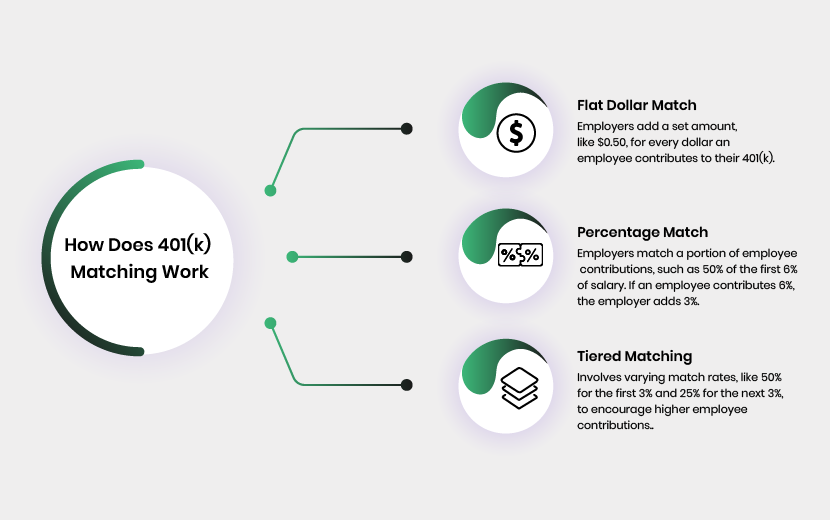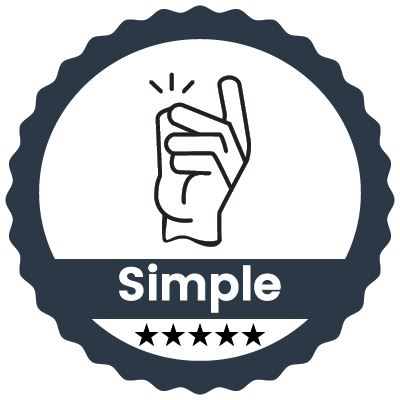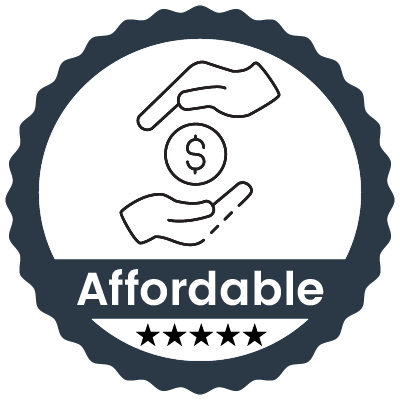Offering a 401(k) matching program can be a great benefit for employees and an effective way for employers to attract and keep top talent. Understanding how 401(k) matching works is essential for implementing and managing this benefit successfully. In this blog, we’ll cover how 401(k) matching works, its benefits, best practices for employers, and key deadlines.
- What is 401(k) Matching?
- How Does 401(k) Matching Work?
- Contribution Limits
- Vesting Schedules
- 401(k) Employer Contribution Deadlines
- Advantages of 401(k) Matching for Employers
- Best Practices for Employers
- Conclusion
- Highlight 401(k) Contributions on Paystubs with SecurePayStubs
What is 401(k) Matching?
401(k) matching is a program where employers contribute to their employees' retirement savings based on the amount employees contribute. This contribution from the employer is a significant incentive that motivates employees to save for their retirement, while also improving their overall compensation package.
How Does 401(k) Matching Work?

- Flat Dollar Match: With a flat dollar match, employers add a fixed amount for every dollar the employee contributes to their 401(k). For instance, if the employer adds $0.50 for every dollar and the employee contributes $100, the employer will contribute an additional $50 to the employee's 401(k) account.
- Percentage Match: Employers match a percentage of the employee's contributions. For example, if the employer matches 50% of the first 6% of the employee's salary, and the employee contributes 6%, the employer will contribute 3% of the employee's salary.
- Tiered Matching: This approach involves varying match rates at different levels of contributions. An employer might match 50% of the first 3% of the employee's salary and 25% of the next 3%. This structure encourages employees to contribute more to maximize their match.
Contribution Limits
While generous, employers must follow IRS limits on annual contributions to a 401(k) plan:
Overall Contribution Limits
- 2024: $69,000 (or $76,500 including catch-up contributions)
- 2023: $66,000 (or $73,500 including catch-up contributions)
- 2022: $61,000 (or $67,500 including catch-up contributions)
- 2021: $58,000 (or $64,500 including catch-up contributions)
- 2020: $57,000 (or $63,500 including catch-up contributions)
These limits include all contributions to a participant's account, such as elective deferrals, employer matching contributions, nonelective contributions, and allocations of forfeitures. The total contribution cannot exceed the lesser of the annual limit or 100% of the participant's compensation.
Employer Deduction Limits
- An employer’s deduction for contributions to a defined contribution plan cannot exceed 25% of the compensation paid to eligible employees participating in the plan.
Vesting Schedules
Employers can use vesting schedules to determine when employees gain full ownership of the matched funds. Common schedules include:
- Cliff Vesting: Full ownership after a set period.
- Graded Vesting: Partial ownership that increases over time. This strategy helps encourage employee retention.
401(k) Employer Contribution Deadlines
- 2022 Contribution Deadline:
- Regular: April 18, 2023 (for calendar-year employers)
- Extended: October 16, 2023 (if an extension was filed)
- 2023 Contribution Deadline:
- Regular: April 15, 2024 (for calendar-year employers)
- Extended: October 15, 2024 (if an extension was filed)
Advantages of 401(k) Matching for Employers
- Attracting Talent: A strong 401(k) matching program can make your company more attractive to potential employees by demonstrating dedication to their future financial security.
- Employee Retention: Vesting schedules can lower turnover rates and associated costs by motivating employees to stay with the company for a longer period.
- Tax Benefits: Employer contributions are tax-deductible, lowering the company’s taxable earnings, and are not subject to payroll taxes.
Best Practices for Employers
- Clear Communication: Make sure employees fully understand the 401(k) matching program, including the matching method, vesting plan, and how they can maximize their benefits. Use onboarding sessions, emails, and informational meetings to convey this clearly.
- Automated Enrollment: Set up automatic enrollment for new employees with an option to opt out, which can boost participation rates and help employees begin saving early.
- Regular Reviews: Periodically review and adjust the 401(k) matching program to stay competitive and aligned with company goals.
- Financial Education: Provide resources such as workshops, online tools, and one-on-one consultations to help employees make informed decisions about their contributions and investments.
Conclusion
A well-designed 401(k) matching program benefits both employers and employees. It improves your benefits package, helps attract and keep talent, and offers tax benefits. By grasping how 401(k) matching operates and applying best practices, employers can develop a retirement savings plan that supports their employees' financial futures while boosting the company's overall competitiveness.
Highlight 401(k) Contributions on Paystubs with SecurePayStubs
Ensure your employees have clear visibility into their retirement savings by highlighting 401(k) contributions directly on their paystubs with SecurePayStubs. Our paystub generator makes it easy for employers to communicate essential retirement savings details.
Here’s how SecurePayStubs benefits you
- Enhanced Clarity:Display 401(k) contributions prominently on paystubs, allowing employees to easily track their retirement savings alongside their regular earnings.
- Compliance and Transparency: Meet regulatory requirements and build trust by providing clear, accessible 401(k) contribution information on every paystub.
Make 401(k) contributions easy to understand and track with SecurePayStubs. Give your employees the information they need to manage their retirement savings effectively!
This article has been updated from its original publication date of September 2, 2024.



